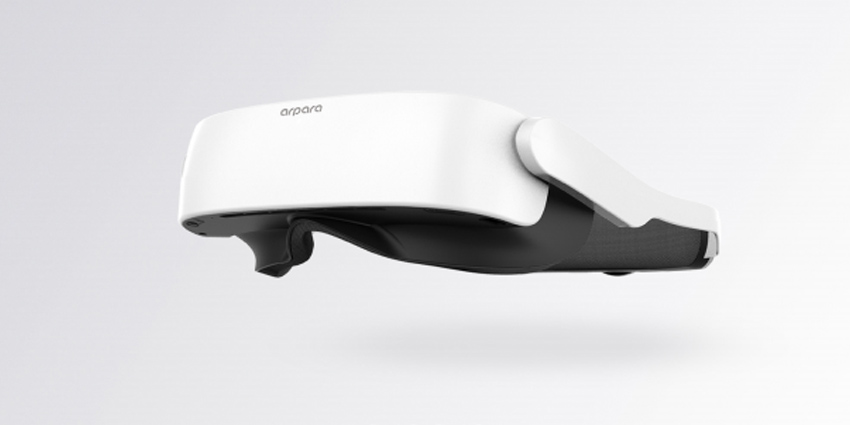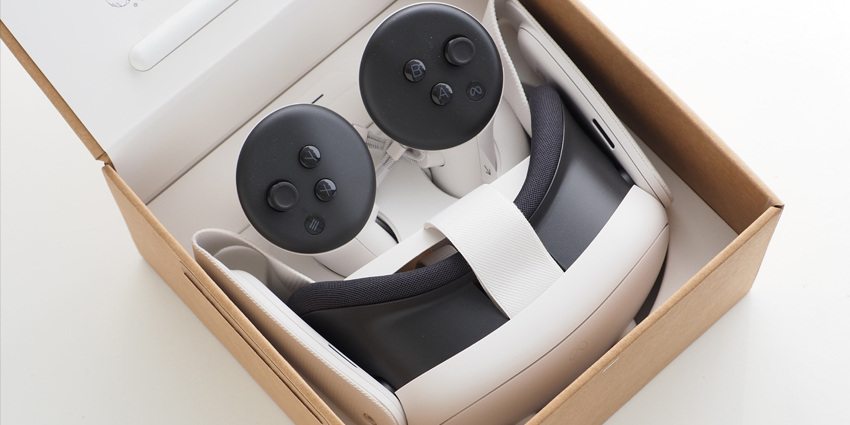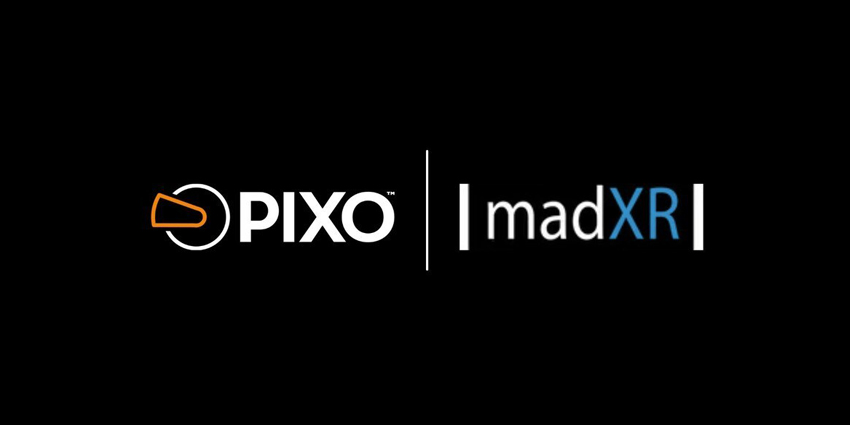Arpara All-In-One
Recent announcements on Pico’s Neo 3 Pro and Microsoft’s Hololens 3 reveal incredible interest from global technology firms to invest and take part in the growing virtual reality (VR) hardware market.
Beijing-based Arpara and Nolo VR have been working hard on revolutionary new VR solutions for consumer use.
But new developments have come after VR company Arpara announced an All-in-One headset and pair of lightweight VR glasses at an event earlier this month.
The new headsets boast impressive technical specifications such as 5K x 2.5K combined resolution with matching ultra-high pixels per inch (PPI), matched only by Pico’s Neo 3 line planned for release as consumer-facing hardware later in China this year.
To accompany the VR headset, Apara is also developing a lightweight pair of VR glasses.
Weighing only 200g, the VR glasses manage to sneak a lot of power into their size, offering a 95-degree field of view (FoV) and 120Hz refresh rate.
Along with the headset updates, Arpara revealed their first-party software—Arparaland—a Metaverse, or a shared online space where users can build virtual worlds, create virtual items, and customise avatars.
The firm is moving into e-commerce after researching the value of the metaverse, where Arparaland digital assets are recorded, stored, and regulated as blockchain for exchange as NFT tokens at auctions.
While Arpara faces a lot of competition at home and abroad, having a complete metaverse experience available out of the box completes its all-in-one package and offers something new to headset users.
Nolo VR
Nolo VR are dedicated to creating a bridge between the power of PC VR and convenience of mobile VR, and are developing their own accessibility-focused headset, the Nolo Sonic, from this ideology.
Nolo’s focus on accessibility has been the primary driving force for their products, leading to peripherals such as the Nolo Home, an application that allows Steamlinked PC-VR games to be played through mobile VR software.
As headsets are generally becoming more accessible out the box, smartly, Nolo has moved towards headset development over peripherals.
The headset supports 4K resolution, 101° FOV, and a 72Hz refresh rate, helping to combat the common ‘screen door effect’ and other visual defects.
If Nolo can reproduce the successes previously found in VR peripherals, they have a chance to introduce VR to those intimidated by the technical sides of virtual reality.







